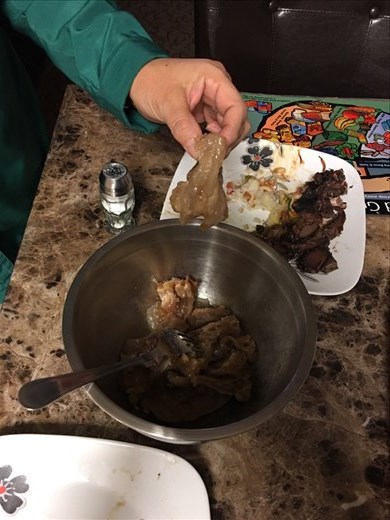Upon my arrival in Inuvik I walked straight into my first culture shock - we had caribou for dinner! But not with spices and veggies in a hamburger or a stew, no. First, Gwich'in hunter William proudly presented me his fresh trophies raw, bloody and half frozen.
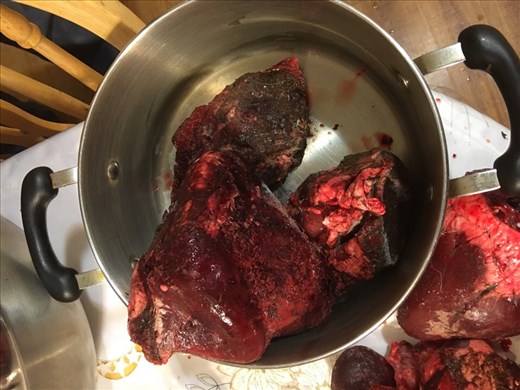
Guts, heart and kidneys are apparently the delicacy and throwing it out would be disrespectful to the animal that gave its life for us.
When all was boiling with water in a pot, the others started coming out of their rooms from everywhere in the house, attracted by the unique smell, and gather in the kitchen. I learned that you just need to scratch off the black goo that's left of what the caribou ate, and then you can right away eat the meat.
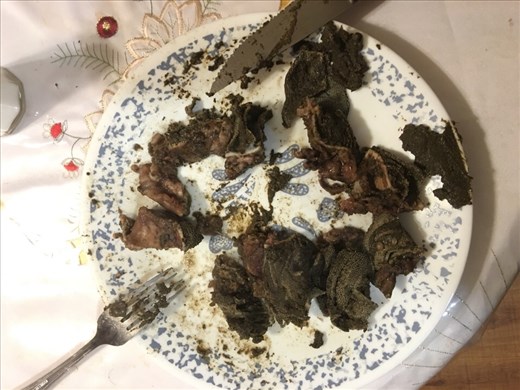
Guts: taste like algae! I guess because they eat so much lichen
Heart: tastes like liver to me
Ribs: delicious!
By now, I really got used to it. Walk into the living room and see half a caribou lying around? Or a caribou head?
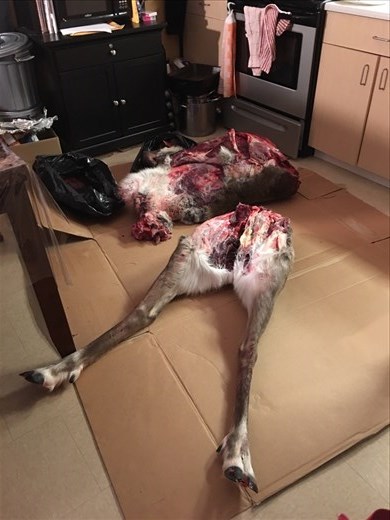
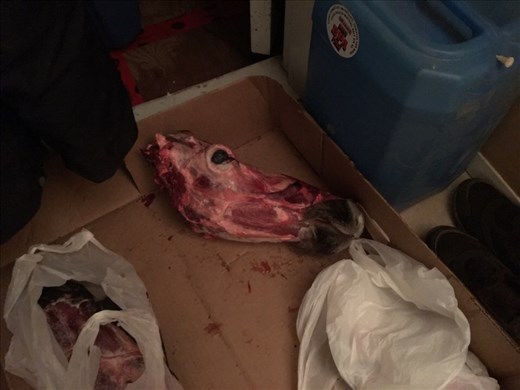
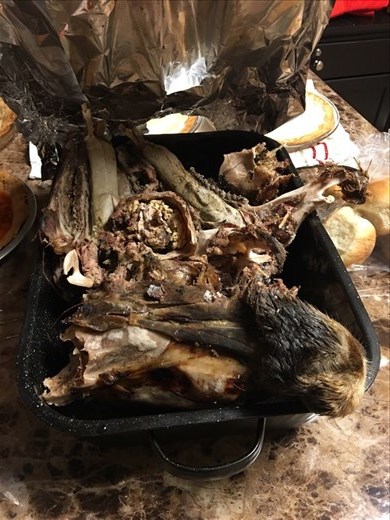
That's just normal here! And the diced meat in soups and stews tastes pretty good.
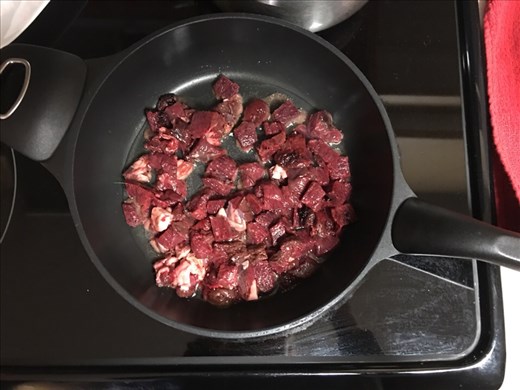
With it, we have buns, bannock or delicious donuts.

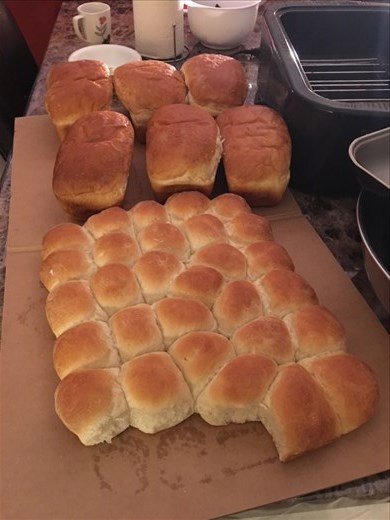
Everyone's favorite snack, however, is dry meat.
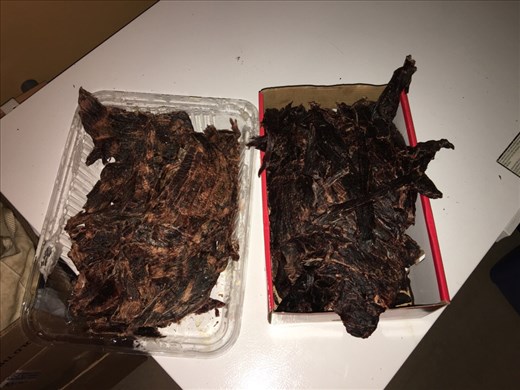
It tastes a lot like salami, can also be made from ground meat and is dried on those self-made racks almost everyone has in their house.
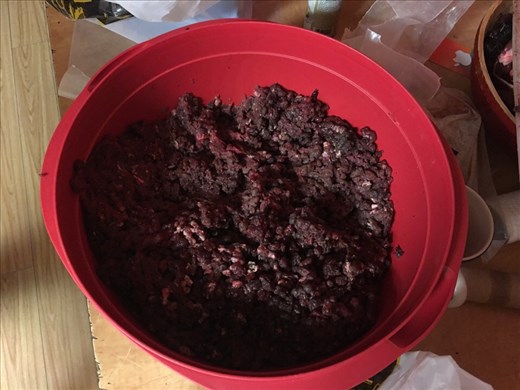

The most exotic thing I have tried, however, was whale meat. McPherson being so close to the Polar Beaufort Sea, some traditional Inuvialuit (also known as Inuit) foods are around as well. Muktuk, as they call it, is beluga, narwhal, or bowhead whale skin and blubber and tastes surprisingly good and just a little bit like fish.
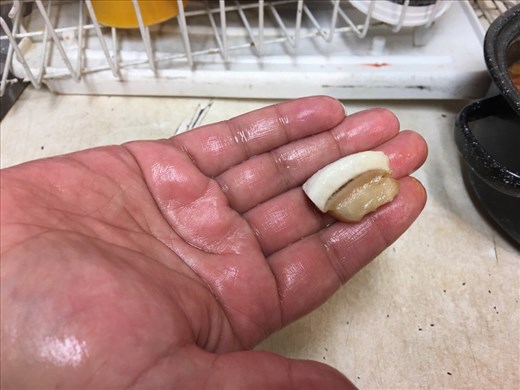
Living off the land and having traditional foods is extremely healthy - not only for us humans, but for the entire natural cycle as well. No transportation costs for import, no animal abuse, no antibiotics or preservatives. In Europe, we try hard to go back to fair, regional, organic foods. Here they are still around - So respect, appreciate, and enjoy! 